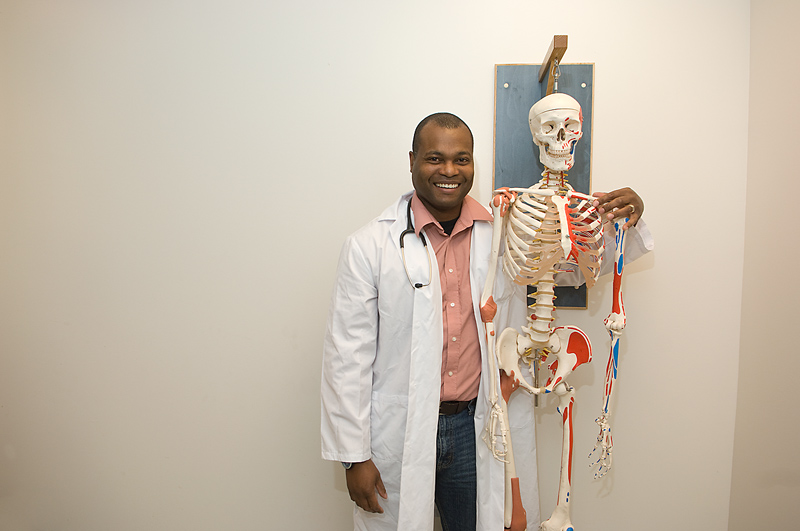FRIDAY, March 4, 2016 (HealthDay News) — Surgeons often recommend outpatient physical therapy to help hip replacement patients get moving again, but researchers report that a home exercise program may work just as well.
Experts say that physical therapy plays a vital role in recovery after hip replacement. And this new study of 77 patients found they obtained similar results no matter which therapy option they pursued after receiving their new hip.
“Our research found that the physical therapy does not necessarily need to be supervised by a physical therapist [for hip replacement patients],” said study author Dr. Matthew Austin, director of joint-replacement services at Rothman Orthopaedic Specialty Hospital in Bensalem, Pa. “The expense and time required of outpatient physical therapy, both for the patient and the patient’s caretakers, may not be the most efficient use of resources.”
More than 300,000 total hip replacements are performed each year in the United States, according to the U.S. Centers for Disease Control and Prevention. Hip replacement, or arthroplasty, is a surgical procedure in which parts of the hip joint are removed and replaced with new, artificial parts. The surgery is intended to restore function to the joint.
For their study, Austin and his colleagues randomly assigned half of the 77 hip replacement patients to two months of formal outpatient physical therapy, with two to three sessions a week. The others did only prescribed exercises on their own for two months.
Patient progress was measured at one month and six months after the operation. Investigators evaluated them according to ability to walk, use stairs, sit comfortably, flex and other factors that gauge motion.
No significant differences were found between the two groups.
The study authors concluded that treatment for hip replacement might move away from routinely prescribing formal physical therapy.
Another orthopedist agreed that a home exercise program appears helpful after hip replacement.
“Certainly, this study has demonstrated that patients do just as well with the less expensive patient-directed exercise program as they do with the formal [outpatient physical therapy],” said Dr. Wayne Johnson, an orthopedic surgeon in Lawton, Okla. He is also an associate professor at the University of Oklahoma Southwest Family Medicine Department.
“Patients may also find it more convenient to perform their exercise program at home to minimize the additional time and transportation cost, in addition to the health-care cost savings,” Johnson added.
Traditionally, hip replacement patients have undergone 8 to 12 weeks of postoperative rehabilitation, said Johnson.
Austin said that physical therapy sessions can range in cost from $10 to $60 each for non-Medicare patients, and patients may require a total of 20 to 30 treatments.
Patient-directed home exercise programs may include gait training, walking, strengthening of quadriceps [muscles in front of the thigh], one-legged standing, side-lying routines for muscles in the hip region, and stair-climbing. Exercises are intended to improve strength, flexibility, endurance and movement.
Each patient’s care should be tailored to his or her needs, the study authors said. For example, postoperative physical therapy might benefit patients who are extremely frail or those who don’t progress well after the surgery, Austin pointed out.
Most patients who undergo total hip replacement are between the ages of 50 and 80, according to the American Academy of Orthopaedic Surgeons.
People who have this operation typically have painful joint damage that interferes with their daily activities, making it difficult to walk or even put on socks, the U.S. National Institute of Arthritis and Musculoskeletal and Skin Diseases says. The damage is often caused by arthritis or a fracture.
The study findings were to be presented Friday at the annual meeting of the American Academy of Orthopaedic Surgeons, in Orlando, Fla. In general, data and conclusions presented at meetings are considered preliminary until published in a peer-reviewed medical journal.
More information
For more on hip replacement, head to the U.S. National Institute of Arthritis and Musculoskeletal and Skin Diseases.
Copyright © 2025 HealthDay. All rights reserved.

